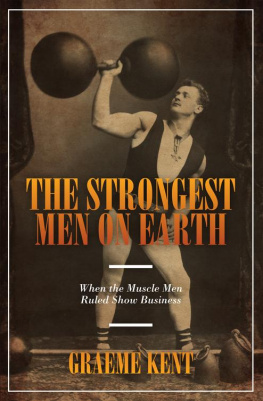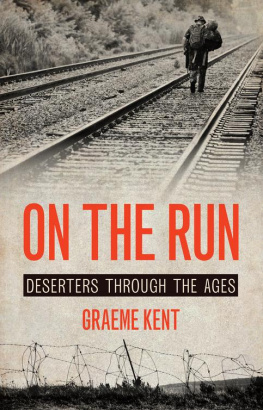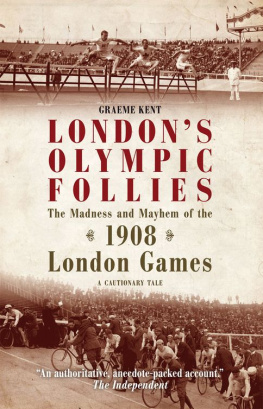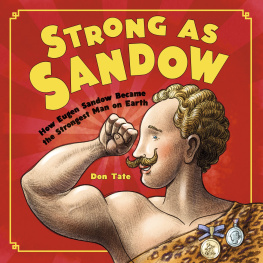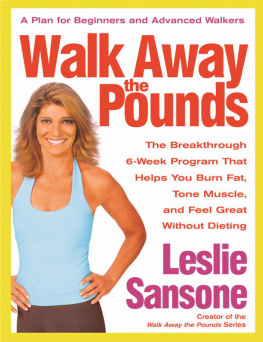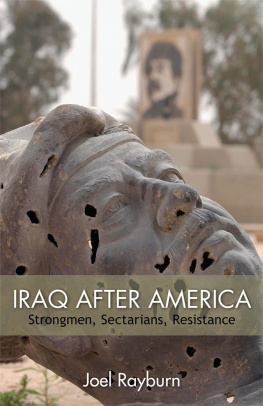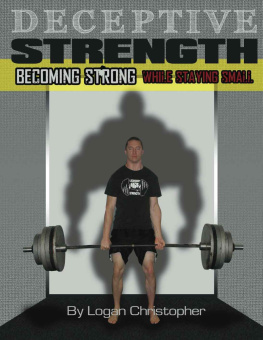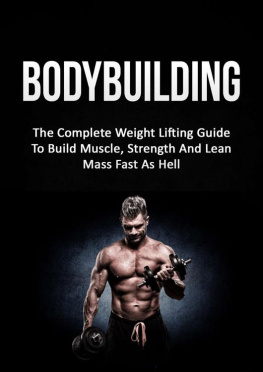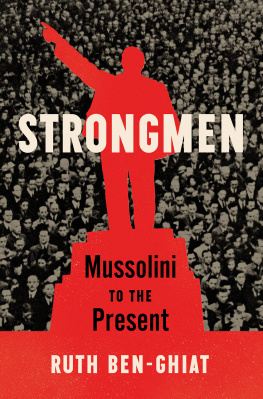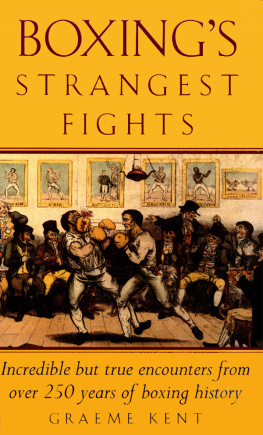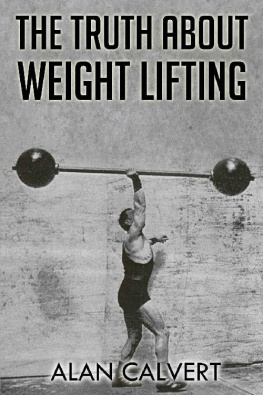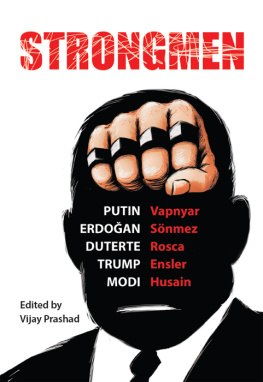I would like to thank my agent Isabel White for her enthusiastic support and considerable input into the writing of this book from beginning to end. I am also indebted to my editor at the Robson Press, Hollie Teague, for her guidance, encouragement and meticulous editing skills.
T hey were nothing if not adaptable. Achieving real fame and fortune in the brief golden age of strength athletics, some of the professional strongmen and women were prepared to take almost any risks and put their bodies through the most reckless forms of endeavour to attain their coveted top-of-the-bill status.
One of the first of them was Jack Holtum, a former Danish sailor. He earned a steady living by flexing his mighty muscles and lifting heavy weights onstage, but these displays were not enough to mark him out from his competitors. Instead he added a new finale to his act in which, twice nightly, he caught a cannonball fired at him from point-blank range. This was enough to transport him to the ranks of superstars, even if it did cause a group of his female fans in Paris to circulate a petition begging him to return to his previous posing display and not risk marring his beautiful physique by offering it up for such dangerous target practice.
Rosa Richter went one better in the high-risk stakes. As a child she toured as a boy in a strongman act with a Japanese circus. Realising that this was never going to bring in the wealth she dreamt of, at the age of fourteen she became the first female human cannonball, being fired a distance of seventy-five feet onto a trapeze before dropping into a net. It was an incredibly perilous way of earning a living, but, while still in her teens, she commanded a fee of 200 a week during the 1870s and became one of the first circus strongwomen to take her act into the music halls and vaudeville.
An Italian called Luigi Brinn had an impressive enough strongman act. Supporting on his back a rowing boat containing fourteen sailors who pretended to row, he would stagger around the stage supporting his burden. But even this proved insufficient to the braying crowds and, in order to compete with his fellows, he enlarged his repertoire by supporting a heavy artillery piece and a uniformed attendant on a platform on a pole balanced upon his chin, and assimilated the recoil with barely a stagger when the weapon was fired.
The emphasis among these would-be Hercules was always on determination. Australian Don Athaldo was three times discharged from his countrys armed forces for being medically unfit yet developed his strength to such an extent that he trained thousands of his fellow countrymen with his postal strongman courses. He was capable of towing a touring car and six passengers for eight hundred metres up the steep incline of a Sydney thoroughfare.
A few of them had to remain alert to avoid the attention of law-enforcement agencies, especially some of the strongmen who branched out into the lucrative area of postal bodybuilding courses. Alois P. Swoboda, who emigrated from Austria to the USA, numbered President Herbert Hoover among his clients and was a millionaire before he was thirty. But when he launched his Conscious Evolution course and claimed to be able to regrow lost limbs by the use of willpower, he incurred the wrath of the American Medical Association.
Ostensibly these strength athletes were competing to see which of them could claim the title of worlds strongest man or woman. In reality, the exhibitionists of both sexes strutting and preening onstage represented the embodiment of the whole modern ideal of physical culture, even if most of this self-absorbed fraternity did not know it.
By the closing decade of the nineteenth century, a number of events and forces had combined to focus public attention on the subject of health and physical development and make the advent of professional strength athletes an enthusiastically received form of popular entertainment for the next twenty-five years.
A revival of interest in the Greek physical ideal, brought about by research into Greek statuary, and the importation of the Elgin Marbles to Great Britain as the result of judicious bribery; the development of photography; the sudden establishment of sporting and athletic clubs among the middle classes, allied to a new national fascination with professional sport; the springing up of the Young Mens Christian Association with its emphasis on physical fitness; the concept of muscular Christianity conceived by Charles Kingsley and taken up by Thomas Arnold of Rugby and other public school headmasters; the concern of the government about the lack of fitness generally exemplified by the poor physical condition of the new city-dwelling recruits for the armed forces: all played a part in the national consciousness. Everywhere the strongmen were taking over as bill-toppers in music halls and vaudeville theatres as they became, for several decades, the new public heroes.
Among Victorian women, too, there was a sudden interest in such sports as tennis and bicycling and an increasing tendency among some of them to compete on equal terms with men. This found expression in the wider world of the Suffragette movement, with its principle of equal rights for women. A handful of its members, specially trained in ju-jitsu, became known as the Bodyguard, deputed to look after the safety of the leaders of the movement. This led in turn to an interest in public exhibitions of self-defence for and by women, which for a time became a small but well-patronised branch of show business.
These new idols of both sexes came from many different backgrounds and nations. Many of them were sufficiently charismatic and interesting to sustain the interest of the crowds flocking to the halls to witness their performances. Eugen Sandow had become an itinerant circus performer to avoid being conscripted into the Prussian army. Almost by chance he became the figurehead of a worldwide physical culture movement and one of the first dumb acts to make a considerable fortune on the halls, as well as improving the health and physiques of thousands of the students of his revolutionary postal bodybuilding courses. His great rival, Charles Aloysius Sampson from Alsace-Lorraine, was the last of the old-time chest-beating, moustache-twirling strongmen. In order to enter the new world of vaudeville he turned cheating into an art form and continued to call himself the worlds leading strongman, despite all evidence to the contrary.
Some of the strongest of the strength athletes had fatal flaws to prevent them from scaling the heights of their adopted profession. The Frenchman Louis Uni performed under the heading of Apollon and might have been the strongest man of them all. Alas, he was too lazy to try hard and was constantly reviled by his discontented wife after he failed in his attempt to enter the upper echelon of the performers hierarchy as a lion tamer. The hirsute Canadian Louis Cyr had enormous physical strength but had the misfortune to look like a cross between Ghengis Khan and a yeti, and could never draw the crowds. The Saxon Trio (with an ever-changing line-up) had a most impressive strength and balancing act but tended to turn up onstage in a state of extreme intoxication and hurl weights willy-nilly into the stalls. Olympic champion Launceston Elliot was a crowd-puller with his onstage simulated gladiatorial combat. Unfortunately, his main opponent in his company had delusions of grandeur and tended to fight back too hard, causing the bruised and battered Elliot to call it quits and replace the fight scene with a gentler act featuring a bevy of underclad young ladies.
Among the women, Kate Sandwina struck a blow, literally, for her sex, by defeating her adoring future husband in a wrestling contest, and then carrying him off to her tent to revive him. Little Annie Abbott, the Georgia Magnet, weighed around 100lbs but resisted the efforts of the strongest of men to lift her from the ground.

